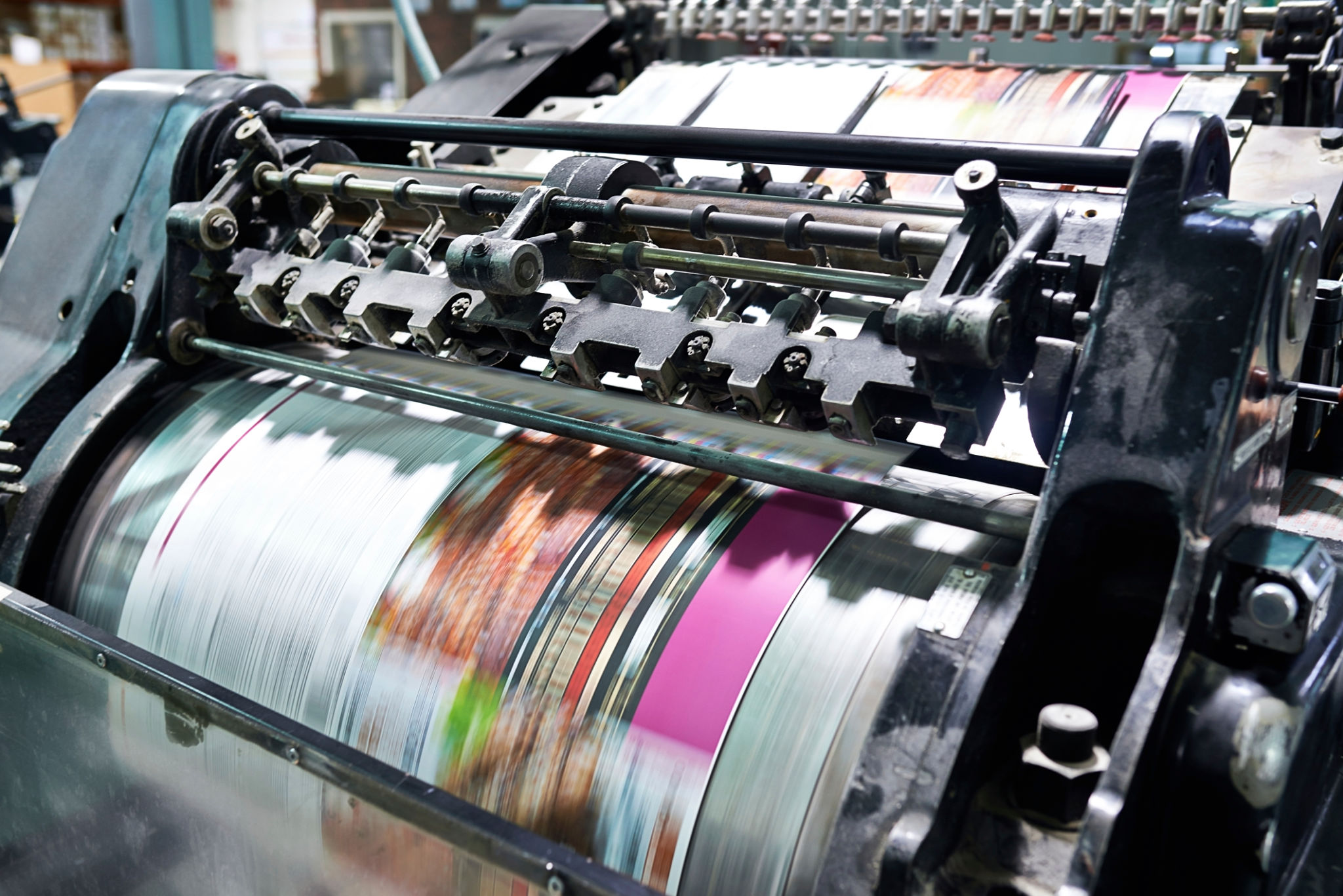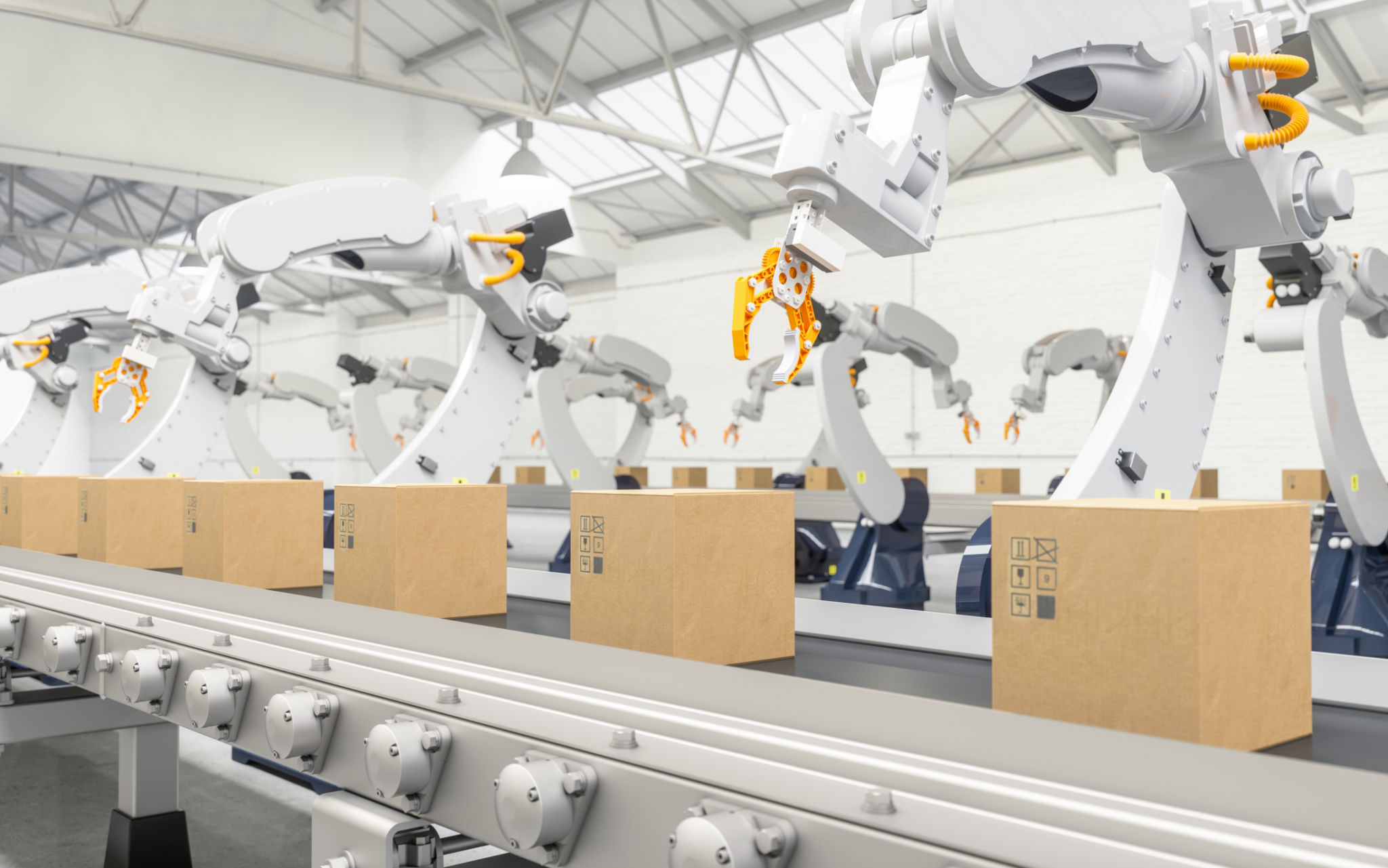A Comprehensive Guide to Food-Safe Packaging Solutions
Understanding Food-Safe Packaging
Food-safe packaging is essential for maintaining the quality and safety of food products from production to consumption. Ensuring that packaging materials do not compromise the safety and taste of food is critical for both manufacturers and consumers. This guide explores the various aspects of food-safe packaging solutions, offering insights into materials, regulations, and innovations in the field.

Importance of Food-Safe Packaging
Food-safe packaging plays a crucial role in preventing contamination, extending shelf life, and maintaining the nutritional value of food. Proper packaging protects against physical, chemical, and biological hazards, ensuring that the product reaches consumers in optimal condition. Additionally, it serves as a barrier against external factors like moisture, light, and oxygen that can degrade food quality.
Materials Used in Food Packaging
The choice of materials is vital in designing effective food-safe packaging. Common materials include:
- Plastics: Versatile and lightweight, often used for their barrier properties.
- Glass: Non-reactive and impermeable, ideal for liquids and preserved foods.
- Metals: Strong and durable, commonly used for cans and foil packaging.
- Paper and Cardboard: Biodegradable and recyclable, often used for dry goods.
Selecting the right material depends on the type of food and its storage requirements.

Regulations and Standards
Adhering to food safety regulations is mandatory for packaging manufacturers. Regulatory bodies such as the U.S. Food and Drug Administration (FDA) and the European Food Safety Authority (EFSA) set guidelines to ensure that packaging materials are safe for contact with food. Compliance with these standards is essential to avoid potential health risks and legal issues.
Innovations in Food Packaging
The industry is continuously evolving with innovations aimed at enhancing food safety while being environmentally friendly. Some notable trends include:
- Biodegradable Packaging: Made from natural materials that break down easily.
- Smart Packaging: Incorporates sensors to monitor freshness and quality.
- Edible Packaging: Innovative solutions where the packaging itself can be consumed.

Sustainability Considerations
As environmental concerns grow, sustainable packaging solutions have become increasingly important. Brands are shifting towards using recycled materials, reducing packaging waste, and opting for materials with a lower environmental impact. This not only appeals to eco-conscious consumers but also contributes to global sustainability efforts.
Choosing the Right Packaging Solution
Selecting the appropriate food-safe packaging solution involves balancing safety, practicality, cost-effectiveness, and sustainability. Businesses must assess their specific needs and consider factors such as the product type, distribution method, and consumer preferences.
In conclusion, food-safe packaging is a cornerstone of the modern food industry, ensuring products are safe, fresh, and appealing to consumers. By understanding the materials, regulations, innovations, and sustainability factors involved, businesses can make informed decisions that benefit both their operations and their customers.
